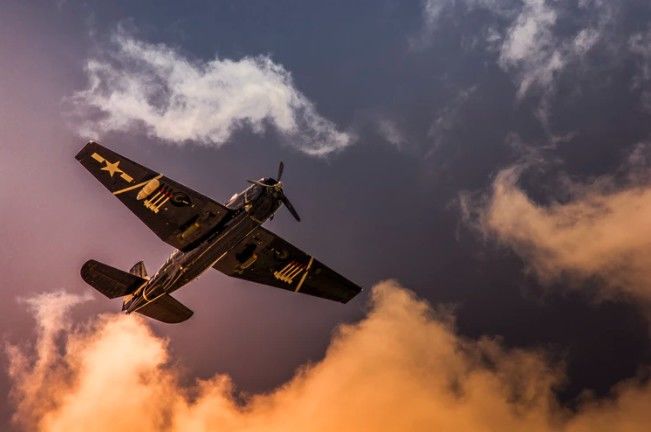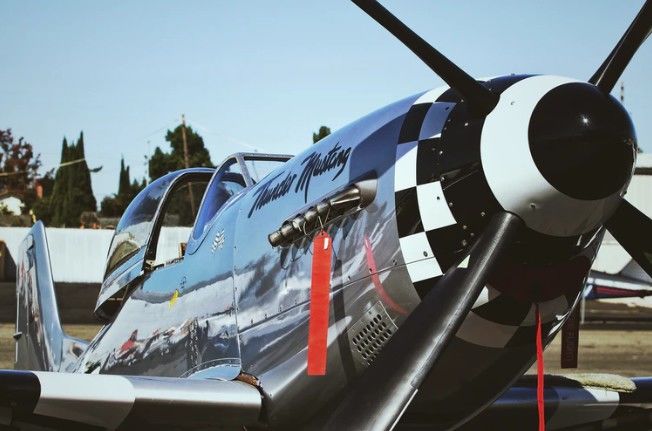Aeronautics refers to the science of anything that flies in the air. Ever since the Wright Brothers made their first flight, humans have been obsessed with creating better and better aircraft. Aeronautics is vital in the understanding and development of planes, helicopters, missiles, unmanned aircraft, drones, fighter jets and space craft. Aeronautical engineers are masters of design and must take into account aerodynamics, wind resistance and airflow as well as propulsion and steering and manoeuvrability solutions. There are so many applications of aeronautics but the basic principles remain the same across those applications. In this guide, we will explain everything you need to know about aeronautics.
Aerodynamics
Aerodynamics refers to the properties of moving air and also its interaction with solid objects. This is very important in aeronautics because any object that you want to design to fly at high speed must be extremely aerodynamic. The early aircraft like the Wright Brothers plane were not very aerodynamic and so their speed and fuel efficiency were not great. Modern aircraft are incredibly aerodynamic and some have even achieved a high enough level of aerodynamics to break the sound barrier. This is called Mach 1, and in terms of aerodynamics, it means that the aircraft has exceeded subsonic airflow. This is the airflow that occurs below the speed of sound.
The majority of airplanes and all helicopters are subsonic meaning that they cannot fly faster than the speed of sound because they don’t exceed subsonic airflow. An aircraft whose aerodynamics enable them to exceed subsonic airflow are called supersonic aircraft and they can fly faster than 770 miles per hour. The most aerodynamic aircraft are military fighter jets which are specially designed to cut through the air as easily as possible to help them reach the highest possible speeds and levels of maneuverability.
Propulsion
Propulsion is a really important aspect of aeronautic and aeronautical engineering. Propulsion is the means by which an object that is traveling through the air is thrust forward. Different types of aircraft use different propulsion systems, but all airplanes burn fuel to create energy which powers their propulsion engine. When you consider the advancements in propulsion technology from the earliest planes to modern fighter jets that are capable of flying faster than the speed of sound, it is really incredible how far aeronautics has come in a relatively short space of time.
Helicopter engines power their propellers which enables the pilot to control the helicopter. By controlling different sets of propellers and by changing the angle of the propeller blades, the pilot can move the helicopter backwards and forwards, side to side and up and down. Because helicopters are propelled in this way, they have far less propulsion than airplanes and so cannot reach anything like the speeds that the fastest aircraft can reach. In fact, the fastest helicopter in the world is the Sikorsky X2 which set a record of 287 miles per hour. Not only does this pale in comparison to the top speeds reached by airplanes, but it is slower even than the world’s fastest supercar.
Opposing Forces
There are four forces that act simultaneously on every aircraft: thrust, drag, and gravity. Thrust is the force that is created by the aircraft’s propulsion engine that propels the aircraft through the sky. Lift is a force that is created by the difference in the strength of the lower pressure that pushes downwards on the wings and the higher pressure that pushes upwards on the wings. This difference in pressure is created by the shape of the aircraft’s wings, which affects how air flows over the wings as the aircraft is propelled forward.
Gravity is of course the force that pulls objects towards the earth and it is this force which aeronautic engineers from Icarus to Boeing are constantly looking for more and more effective ways to overcome. Gravity is the opposing force to lift so for an aircraft to stay in the sky, the strength of the lift it creates must be greater than the pull of gravity. Drag is the force that resists the aircraft moving forward and so it is the counterforce to thrust. Drag can be reduced by highly aerodynamic designs which is why fighter jets have their distinctive shapes.
Aeronautics is a very complex and exciting area of science that has transformed modern transportation. Aeronautical engineers are always trying to push the limits of what is possible and advancements in the last few decades have been truly incredible. What comes next in aeronautics is impossible to say, but if it is as exciting as what we have seen during the last hundred years or so, it is going to be mind-blowing.


